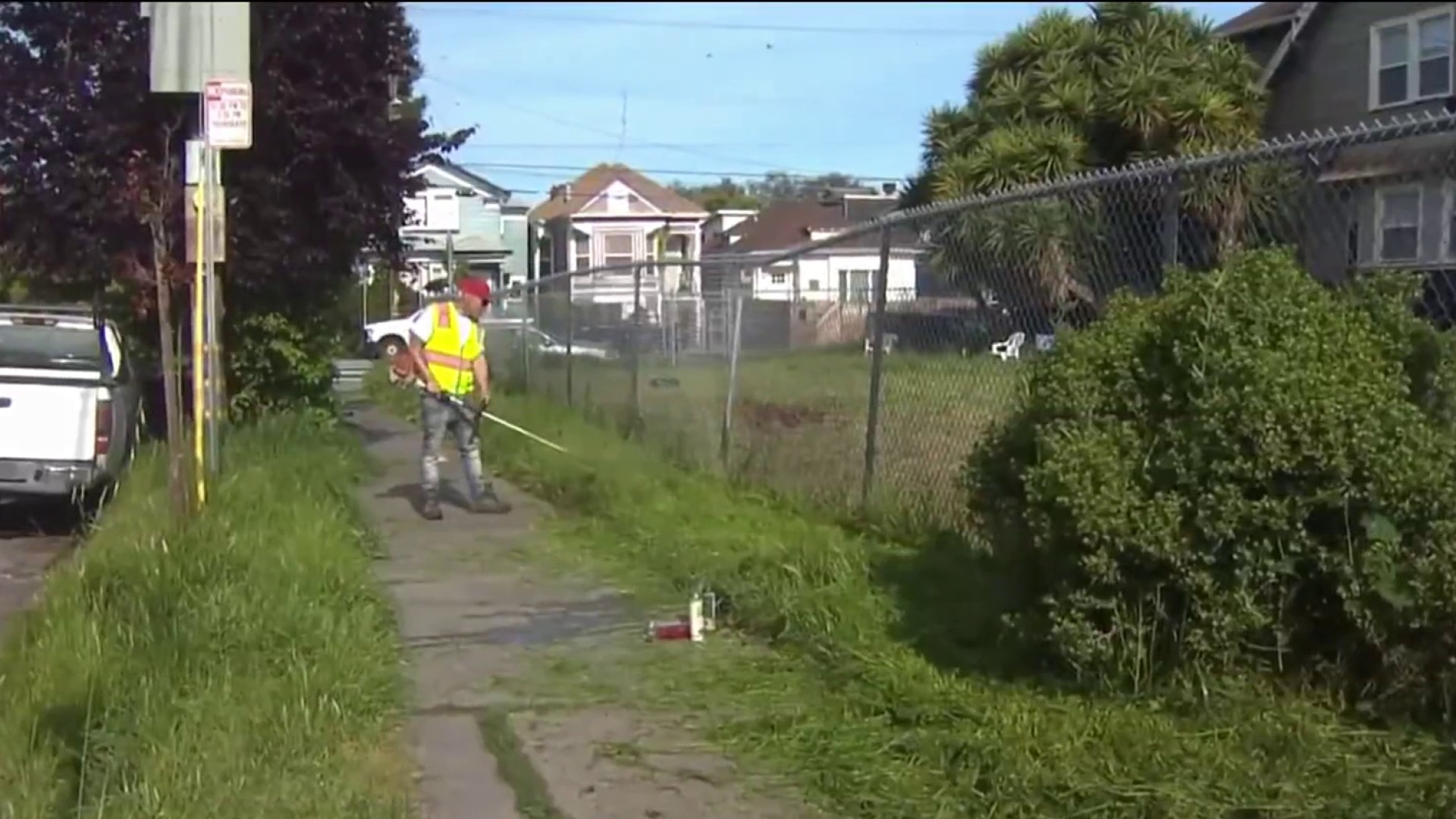A senior PG&E gas engineer insisted Tuesday that a gas integrity management policy he wrote – one that stands at the heart of the federal obstruction case against the company – was merely a draft and was never implemented.
At issue is a 2008 document the company gave federal investigators following the 2010 San Bruno blast and later disavowed as a draft. In it, engineers outline how the company was going to avoid inspecting older pipelines with at-risk welds following pressure surges, unless they reached certain levels.
Federal regulations specify any surge above historically defined levels, no matter how small, requires costly pressure tests. PG&E’s policy required such inspections only if pressure surged legal limits by 10 percent.
Soon after giving the document to state regulators and federal investigators in 2011, the company told officials that its provisions were never actually implemented.
Gene Muse, a 24-year veteran, testified Tuesday that he wrote the 2008 document in question as part of a "game plan" of how the company would deal with potential pressure reductions under 2003 federal regulations.
"This is a draft," he said of the document. As for the provision that allowed the company to avoid inspections following pressure surges below 10 percent, he said he included that at the behest of his boss at the time.
"I was being directed by Bill Manegold," his then-supervisor, Muse said.
Local
Under questioning by federal prosecutor Hallie Hoffman, Muse acknowledged that he carried out several provisions of the policy over the next two years, whether it was approved or not.
Muse said company engineers were grappling with the issue of whether even tiny pressure fluctuations compelled the costly inspections, as specified by the language of the regulations.
"We were trying to figure out how we were going to handle the small over pressurizations," he said. "This is a very big problem to have 1 pound over."
Still, Muse said the "whole industry" was grappling with the problem. He insisted, the resulting policy – and its 10 percent margin – was never implemented. "It was a draft; we decided to put it in to take a look," he said.
"This was never the practice of PG&E?" Assistant U.S. Attorney Hallie Hoffman asked Muse. "No," he replied.
But Hoffman showed Muse that in early 2010, as he was leaving his post, he provided the 10 percent policy to another engineer, Calvin Lui.
"I’m passing the baton, so to speak," Muse said. Hoffman showed Muse an email in which Lui appeared to be asking about policy provisions. Muse stressed that the policy was still not in effect.
"So at this time, he’s asking because we haven’t done anything yet," Muse said.
In March 2011, the same month that the NTSB held a hearing on the San Bruno explosion, Muse got an email from Lui alerting him to the fact he and his boss, Manegold, were identified in the PG&E 10-percent policy document posted on the NTSB website.
It was late in March 2011, Muse acknowledged on the stand, he told a colleague he would "have to talk" with company lawyers about the 10-percent policy.
The following month, April 2011, PG&E wrote a letter telling National Transportation Safety Board investigators that the policy it had recently provided to both federal and state officials had, in fact, never been approved.



